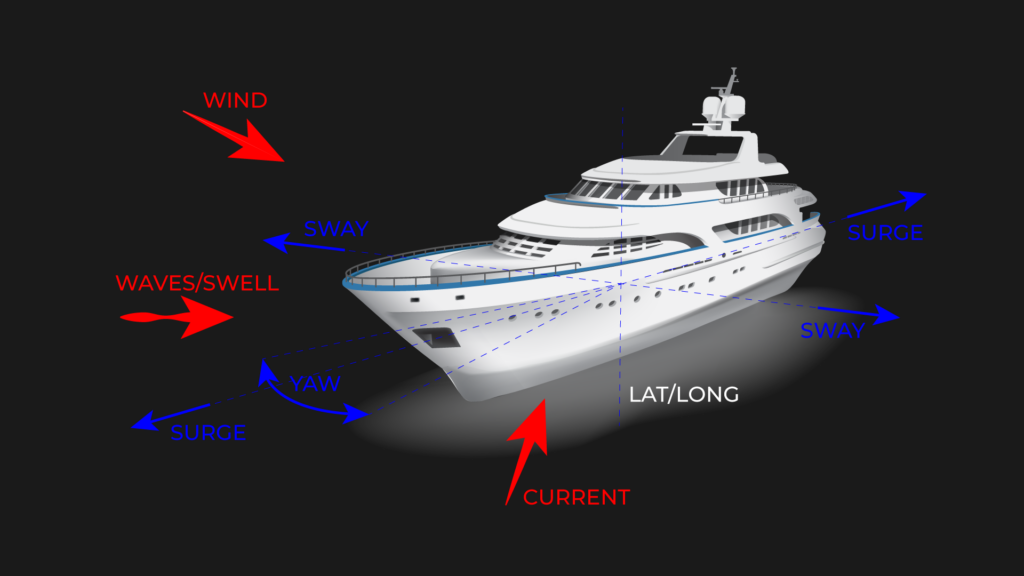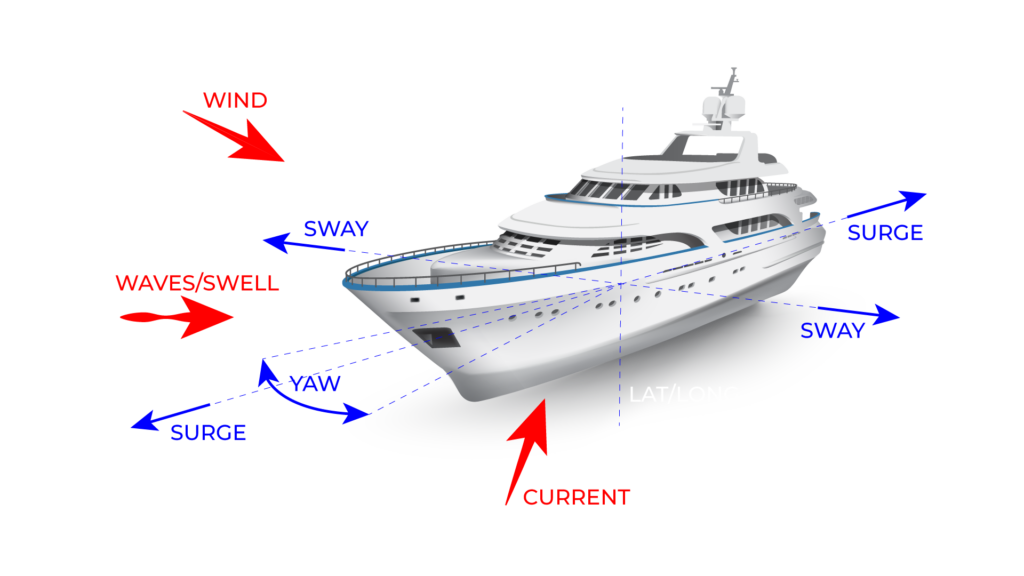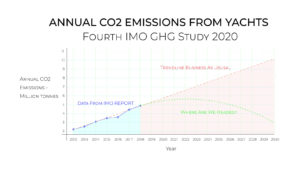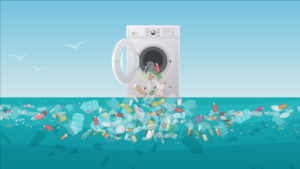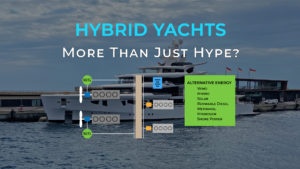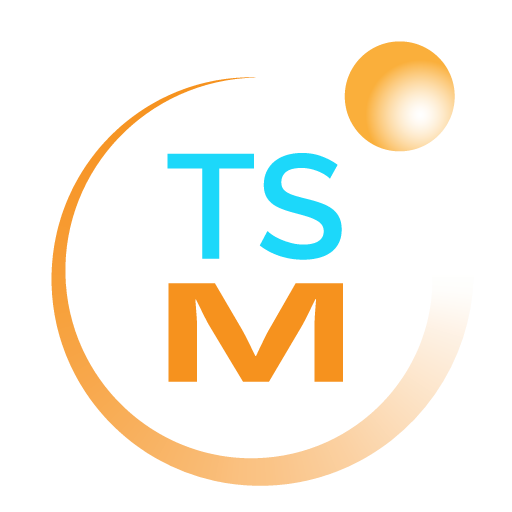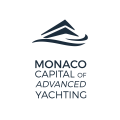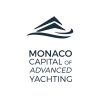I was prompted to write this after I saw a recent press release stating a new 80m+ superyacht project had “electronic anchoring to protect sensitive areas”.
This is not the first time I have seen this kind of announcement and it got me thinking about these systems – what is “electronic anchoring” how are they “Classed”, operators trained, and what are the environmental benefits.
Based on function, it would appear “electronic anchoring” or any one of the alternative names used, is really “Dynamic Positioning” (DP). Use of such names seems to help avoid rules, regulations and expense.
Introduction
I am a fan of Dynamic Positioning (DP) and the benefits it can bring to superyacht operations such as comfort and safety – I have used it on several large yachts with great success. But I was also aware that the systems installed on those yachts did not comply with the same equipment, training and safety standards that would be required on commercial vessels.
Today, there are more of these systems being installed on yachts, but there still appears to be an attitude that they are just ‘plug and play’ simple systems, and not really DP.
Prior to publishing this article, I ran a Poll on LinkedIn with the following question: –
If you have a system onboard for automatically maintaining position and heading, please choose one of the following: –
-
- Not Classed
- Classed DP1, DP2 or DP3
- Classed crew trained/certified
I also received a number of PM from crew on recent Northern European builds who were highly critical of the systems installed, their performance, and the lack of training – none were Classed.
The results are at the bottom of the article.
But What is DP?
There does seem to be some confusion over this question, however the IMO provide some guidance in the following texts.
STCW B – V/f – Guidance on the training and experience for personnel operating dynamic positioning systems
1.Dynamic positioning is defined as the system whereby a self-propelled vessel’s position and heading is automatically controlled by using its own propulsion units.
MSC.1/Circ.1580 – Guidelines for vessels and units with dynamic positioning (DP) systems
1.2.7 Dynamic Positioning operation (DP operation) means using the DP system to control at least two degrees of freedom in the horizontal plane automatically.
1.2.9 Dynamically positioned vessel (DP vessel) means a unit or a vessel which automatically maintains its position and/or heading (fixed location, relative location or predetermined track) by means of thruster force.
It should also be noted that a vessels DP system, when in operation, is the vessels automatic steering system and must be regarded as “steering gear” under SOLAS and all that implies.
There are three degrees of freedom in the horizontal plane: –
- Yaw – change in heading
- Surge – fore and aft movement
- Sway – transverse movement
Therefore, a system that uses thrusters (includes main propulsion) to control the movement of any two of the above, would fit within the IMO’s own definition of DP, including those “electronic anchoring” systems.
As shown, there are also various forces that affect this movement, wind, waves and current.
A DP system uses sophisticated algorithms, machine learning and filters, to restrict movement as per the operational parameters entered. The various sensors: DGPS, anemometer, speed log, gyro, are critical for performance and safety.
The human capital, the operator, and their understanding of the systems capabilities and limitations is a key component to the performance and safety – this is why training and familierisation is crucial.
When is DP not DP?
Apparently, when it is installed on a superyacht!…
Despite the fact many of the systems described by such terms as “electronic anchoring” clearly meet the functional definition of DP, these systems are often not Classed per the requirements of MSC.1/Circ.1580, and IACS rules.
The reality is the only time “electronic anchoring” is not DP is…when it is switched off!
Why Not Class It DP?
Classing an “electronic anchoring” system as DP1 (the minimum standard for automatic position/heading) would require the following: –
- Equipment and systems type approved, and the installation Classed e.g. DP1, DP2 or DP3, by a member of IACS.
- Survey regime and DP Class Notation maintained.
- Relevant sections of SOLAS, STCW and ISM would apply to operation and training.
All of which means more expense and regulations to comply with.
What About Flag
I raised this with a leading flag, and this was their response: –
“We would expect Class ‘DP’ notation if a commercial/coded vessel is operated in this mode, and the ISM managers to take into the IMO guidelines for DP operator training.”
And, for Passenger Yachts.
“If a Passenger Yacht is operated in this mode, we would expect DP Class notation to be obtained and maintained.”
My own experience, along anecdotal evidence, suggest that this is not being strictly applied.
Is DP Environmentally Friendly?
Being able to safely hold position without using an anchor helps protect the seabed from damage by the chain and anchor, and also allows a yacht to operate in areas where there are anchoring restrictions. However, this does not come without financial and environmental costs.
A yacht can sit comfortably at anchor on one diesel generator running at optimum load/fuel consumption. Using DP will require a second or occasionally a third generator to be running to have sufficient power to respond to the conditions and thruster’s demands. Unless using e.g. variable speed DC generators, or large batteries, the generators will often be running at sub-optimal load and consume more fuel per kW/h of energy produced.
To learn more about how load affects fuel consumption you can ready article on Hybrid Yachts.
A system, properly designed and integrated with the propulsion, power generation, power management, and noise/vibration, can help reduce running costs, CO2 emissions, and improve safety, comfort and reliability – on yachts its more like ticking an options box.
Interestingly, Kongsberg recently announced their ECOADVISOR™ a decision support tool that can help DP operate more energy efficiently.
Thoughts
The various DP rules and regulations from IMO and IACS are all related to competency and safety, however, in many cases, yachting chooses not to comply.
It’s an attitude I often find perplexing in the superyacht industry. A yacht owner would not dream of flying with a pilot who was not ‘current’ and ‘type rated’ yet they happily jump on a yacht without thinking twice about the competency of the captain and crew, or the systems installed and operated.
Of course, superyachts are not operating DP near oil rigs where an accident could be catastrophic, but when used in a busy anchorage, close to a reef, or during guest transfers, etc., there is still the risk of accidents and pollution.
What is clear is that there is no real difference between DP and so called “electronic anchoring” systems. It is a mission critical system that should be properly designed from the outset, including thruster size, power generation and management, properly Classed, crew provided with effective training, and procedures for operation developed and written into the SMS.
Ah…almost forgot, the results of the poll: –
Over 60% were not Classed, and only 10% were Classed and had trained/certified crew – makes you think?

